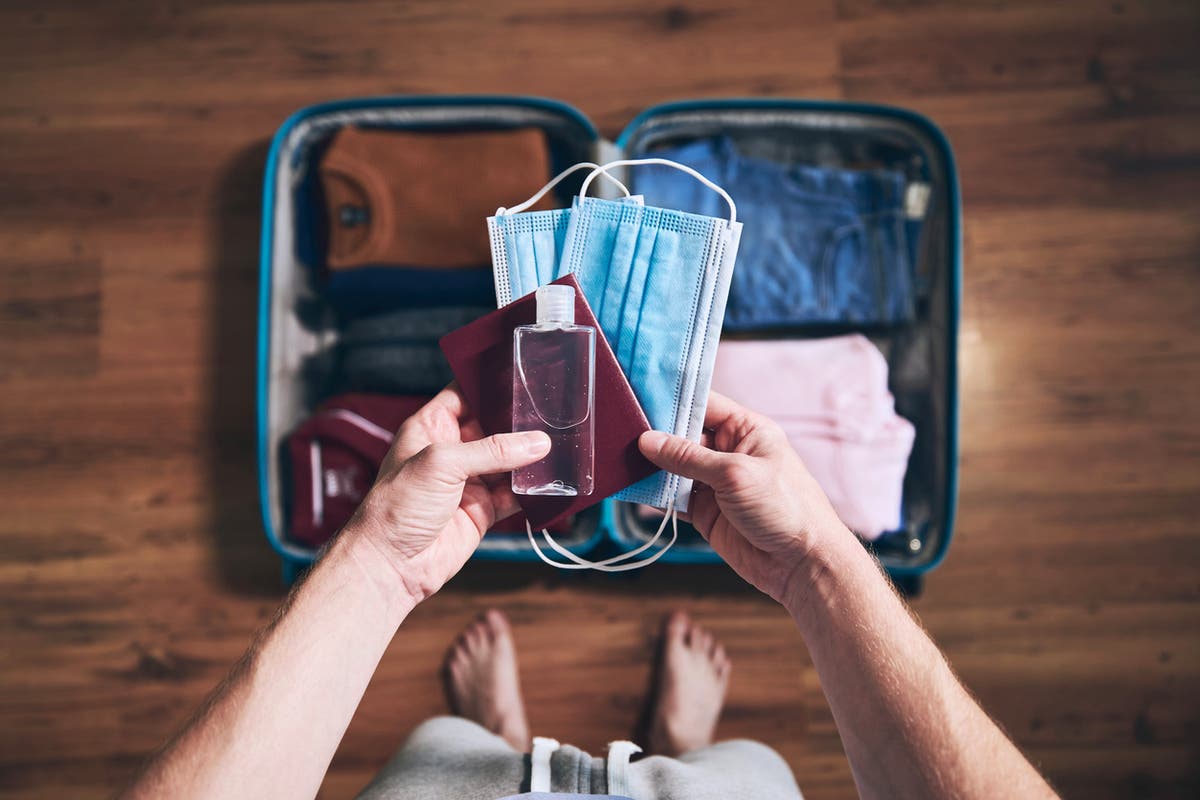This website uses cookies so that we can provide you with the best user experience possible. Cookie information is stored in your browser and performs functions such as recognising you when you return to our website and helping our team to understand which sections of the website you find most interesting and useful.

On 17 May, foreign leisure travel got the go-ahead in England.
Holidays can resume under a traffic light system, with destinations graded as red, amber or green according to the level of risk of travellers reimporting Covid-19 infections.
According to the transport secretary, Grant Shapps, recreational travel is only recommended to countries on the green list; travellers have been advised they “should not be travelling to ‘amber’ and ‘red’ countries for leisure”.
The “green list” was first revealed on 7 May.
The latest green list reshuffle on 3 June removed Portugal and its islands, Madeira and the Azores.
But when will more countries be added to the list, and how often will it be updated?
Here’s what we know so far.
Which countries are on the green list now?
A mere 12 destinations made it onto the first green list in May, many of which do not currently let in British travellers or are impossible to reach directly, thereby necessitating travel through an amber country.
On 3 June, Portugal was removed from the green list, with changes coming into effect at 4am on 8 June.
*will be removed on 8 June
Green list in full
- Portugal*
- Israel
- Gibraltar
- Iceland
- Faroe Islands
- Brunei
- Falkland Islands
- Australia
- New Zealand
- Singapore
- Saint Helena, Ascension and Tristan da Cunha
- South Georgia and the South Sandwich Islands
When will the green list be reviewed and updated?
The first update took place on Thursday 3 June. Any changes will then come into effect at 4am on 8 June.
The lists are expected to be updated “every three weeks”. That timeframe indicates that the next list review will be on 24 June, with changes coming into effect from 29 June.
Amends to the lists will be informed by public health advice, including the Joint Biosecurity Centre’s assessment of the latest data.
“These regular review points will allow the government to balance helping the public to understand Covid requirements when travelling to England while allowing us to constantly evaluate the risk for different countries,” according to the Department for Transport (DfT).
The government has said it will also be publishing a green watchlist in the future, to provide an indication of which countries are at risk from moving from green to amber. However, it has yet to put any countries on the watchlist.
Which countries are likely to be added?
There are no guarantees, but there has been much speculation that the US and much of Europe could join the green list at some point this summer.
However, past speculation has proven to be spectacularly wrong - and even when a country appears to meet the criteria which previously ensured entry onto the green list, such as Malta before the last review, it no longer means it will shift from amber. As England delays the final easing of lockdown restrictions from 21 June to 19 July at the earliest, it looks increasingly unlikely that much of Europe will go green before August.
What are the rules for green list countries?
Green list countries have the lightest restrictions for inbound travellers to the UK, with no quarantine imposed and just one PCR test required within two days of arrival.
All travellers must also show proof of a negative Covid test – PCR, rapid antigen or lateral flow – before departure to the UK.



 Africana55 Radio
Africana55 Radio 
